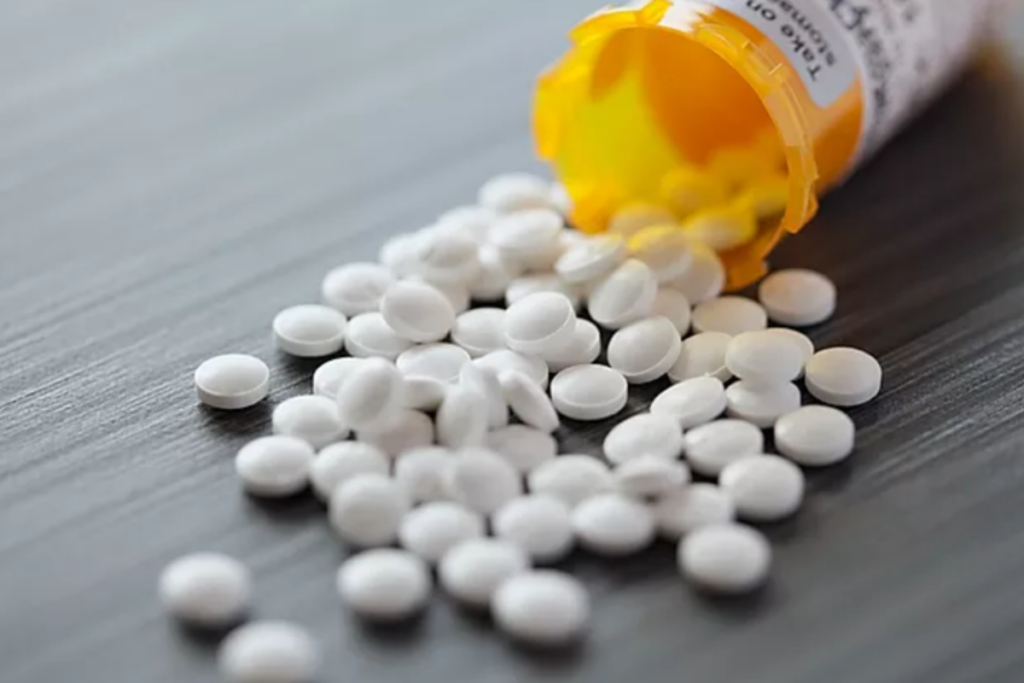
A new client (let’s call him “Bob”) recently showed me his latest round of bloodwork and two things popped out at me: First, his cholesterol numbers were low across the board. Good, right?
Well, not so fast. Your body needs fats, without which you would not have a brain (the brain is roughly 60% fat). Therefore, your body needs cholesterol, which has undeservedly taken a bad rap over the last few decades. But that’s a post for a different time.
The point is that Bob’s lipid results were so low that it looked like he was getting “help” from pharmaceuticals, so I asked if he was on a statin, to which he responded in the affirmative. Particularly worrisome to me was his low HDL (or “good”) cholesterol count, which was well below the recommended 40+ mg/dL mark.
Quick refresher on HDL: It’s considered “good” cholesterol because it basically collects and transports oxidized (or waste) cholesterol back to the liver for recycling or disposal.
That’s why HDL particles are considered “nature’s garbage trucks.” A low HDL count means that you probably have elevated levels of waste cholesterol circulating in your blood – not good.
The second thing that popped out at me from Bob’s blood results was his apparently elevated serum creatinine. Bob’s creatinine was not far outside the high end of normal, but it prompted me to do a bit more homework on statins to see if there was a connection.
Quick refresher on creatinine: It is basically a waste byproduct of the breakdown of creatine in muscle tissue. When used for energy in the muscles, creatine breaks down and produces creatinine as a waste byproduct, which is then sent to the kidneys for filtration and disposal. Therefore, serum creatinine is a rough measure of how well your kidneys are functioning.
As it turns out, there may very well be a connection between statin use and elevated creatinine. A common side effect of statins is muscle pain, which can occur by way of muscle metabolism – breakdown of muscle tissue.
Statins have also been linked with rhabdomyolysis, a rare (but significant, in context of this post) condition in which muscles break down and release their contents (including creatinine) into the bloodstream, potentially causing the kidneys to work overtime to process the waste.
The Bottom Line:
- Statins most assuredly inhibit your liver’s ability to create cholesterol across the board, including HDL. Lowering your HDL reduces your body’s ability to process waste cholesterol.
- Statins are associated with muscle pain, muscle wasting, and rhabdomyolysis, all of which may result in excessive stress on the renal system (kidneys) as muscles dump their contents into the bloodstream.
- Elevated serum creatinine may be indicative of impaired kidney function.
In consideration of the above points, it seems logical to me that statins could potentially reduce your body’s ability to remove waste byproducts from your bloodstream.
It also seems logical to me that excessive waste byproducts in the bloodstream can be considered poisonous. Therefore, would it not follow that statins could be considered at least indirectly poisonous, in some cases?
There are many other, safer ways to lower your cholesterol levels and decrease your chances of contracting heart disease. The very best is to change your lifestyle by incorporating an ancestral diet and Primal Blueprint principles.
I am a living example of this, as are the friends, relatives, and clients that I’ve managed to sway to this lifestyle. Why take a chance on pharmaceutical side effects, when you can live healthy naturally?
Bret McClellan
Certified Primal Blueprint Expert
McClellan Natural Health, Wellness & Nutrition

